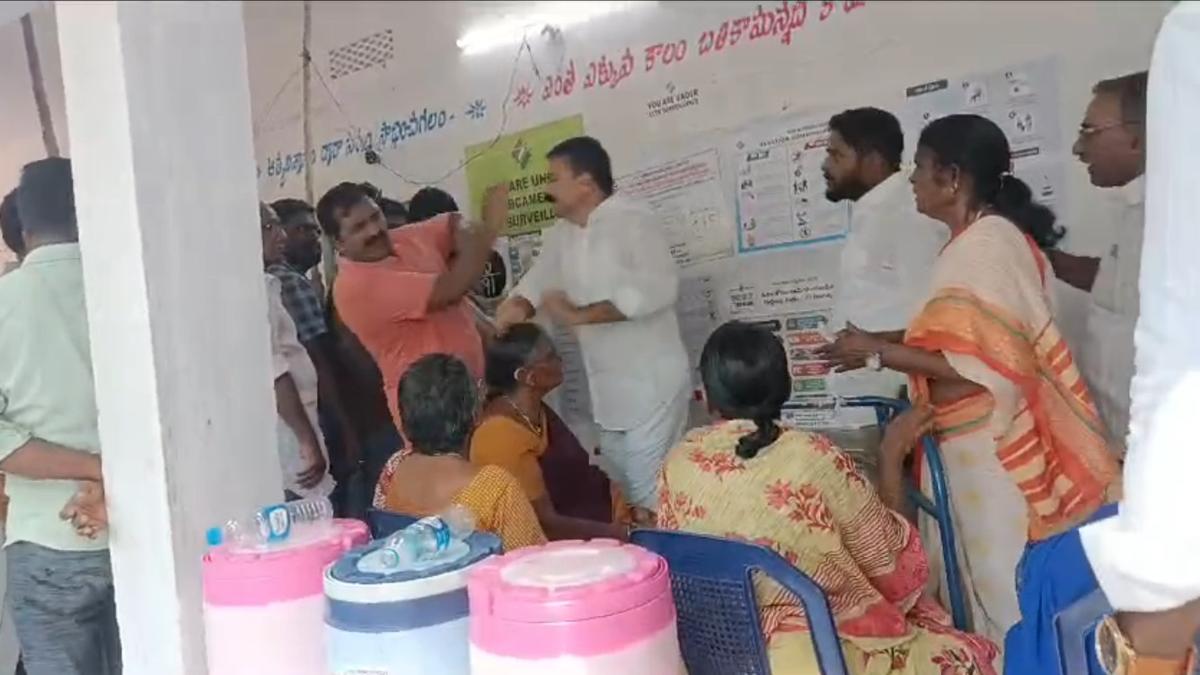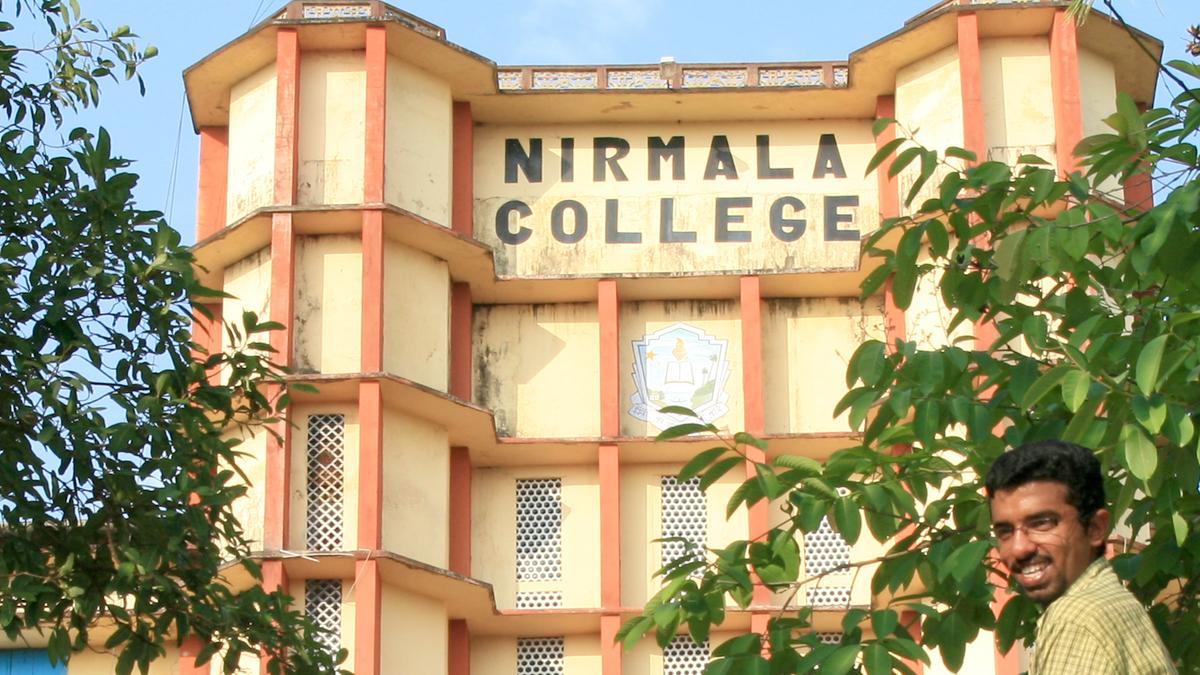Robert Bruce Foote Sangankal Archaeological Museum in Ballari has added one more clone skull of Homo narmadensis which is believed to be more than three lakh years old. The addition of the new clone skull has increased the number of clone skulls on display to 15.
Perhaps, this is the only museum in the country dedicated to pre-history having as many as 15 skulls under one roof. There were 14 clone skulls that were found in various parts of the world, including the famous Lucy which dates to 32 lakh years ago.
At a simple function on Sunday, well-known dentist S. Diwakar, who was the chief guest, received the skull from Ravi Korishettar, renowned archaeologist and an authority on pre-history, and put it on display.
Prof. Korishettar had obtained the skull from his research collaborator Sheela Atreya of Texas A&M University in the U.S.
Homo narmadensis was found by late Arun Sonakia, a well-known geologist, on the banks of the river Narmada in Hatnora in the year 1982. This is the cranial part of the right side of human skull. Moreover, this is the only human remains of early human beings found in the country.
The skull gained importance among scholars as it helped them study and throw more light on the biological evolution of human beings.
Robert Bruce Foote Sangankal Archaeological Museum, through info-graphics and display of artifacts, showcases details of human biological and cultural evolution that began around 32 lakh years ago.
In addition, it provides a detailed description of Sangankal Neolithic site, which was the largest village settlement in South India. It is believed that the ancient human beings here were not only producing stone tools on a large scale but also were undertaking agriculture, cultivating minor millets.

 2 weeks ago
107
2 weeks ago
107




